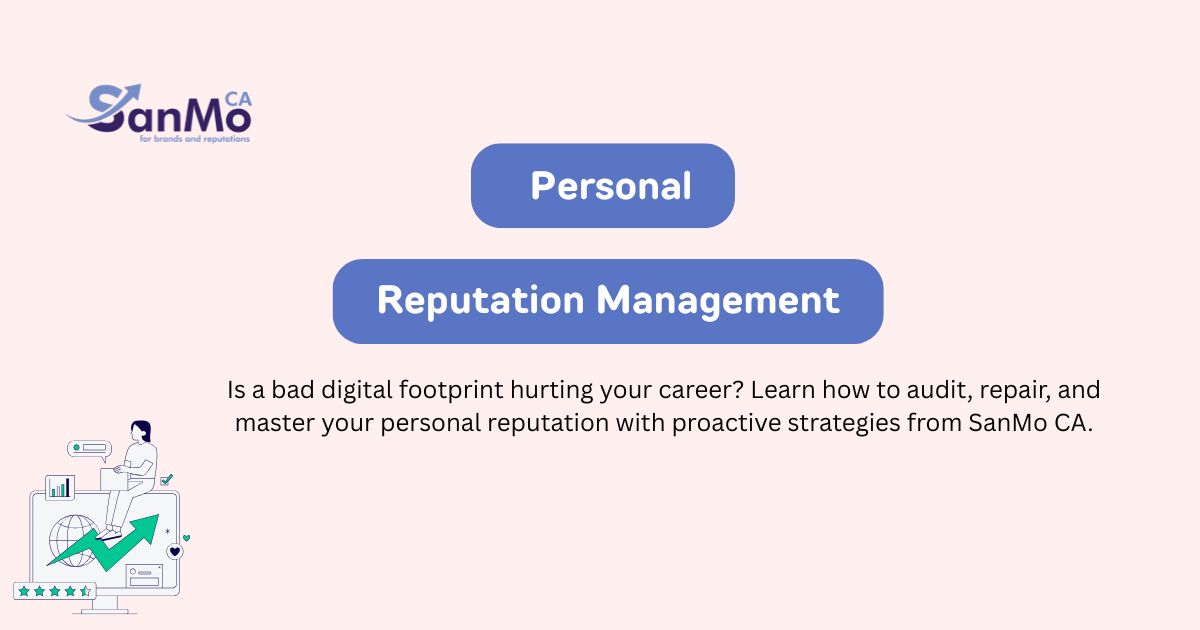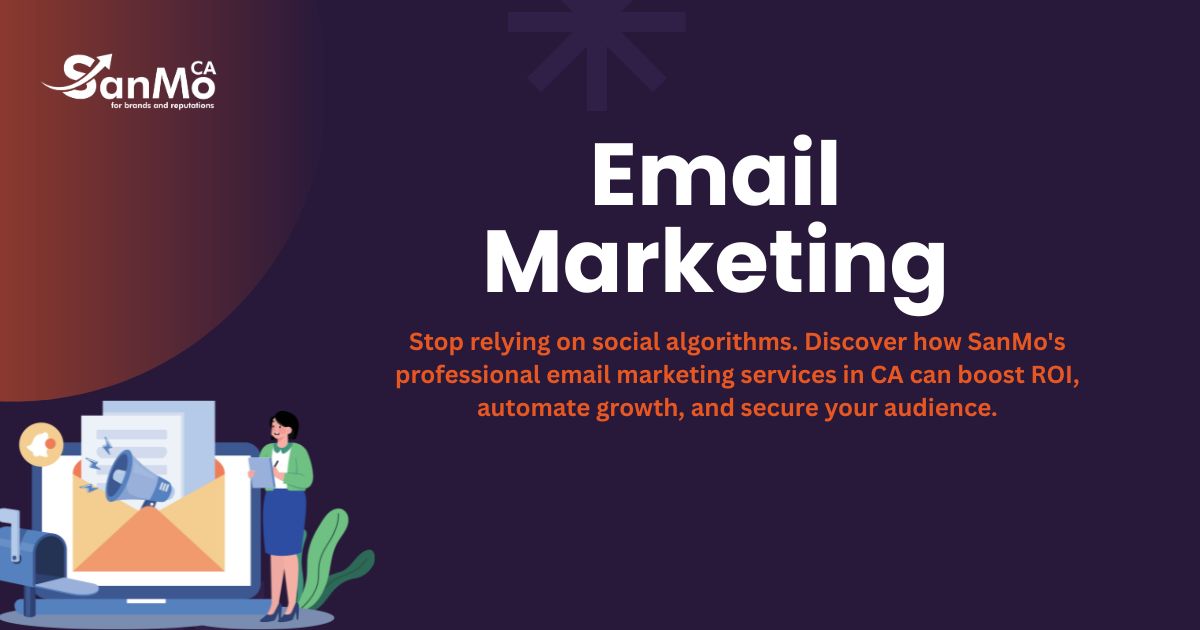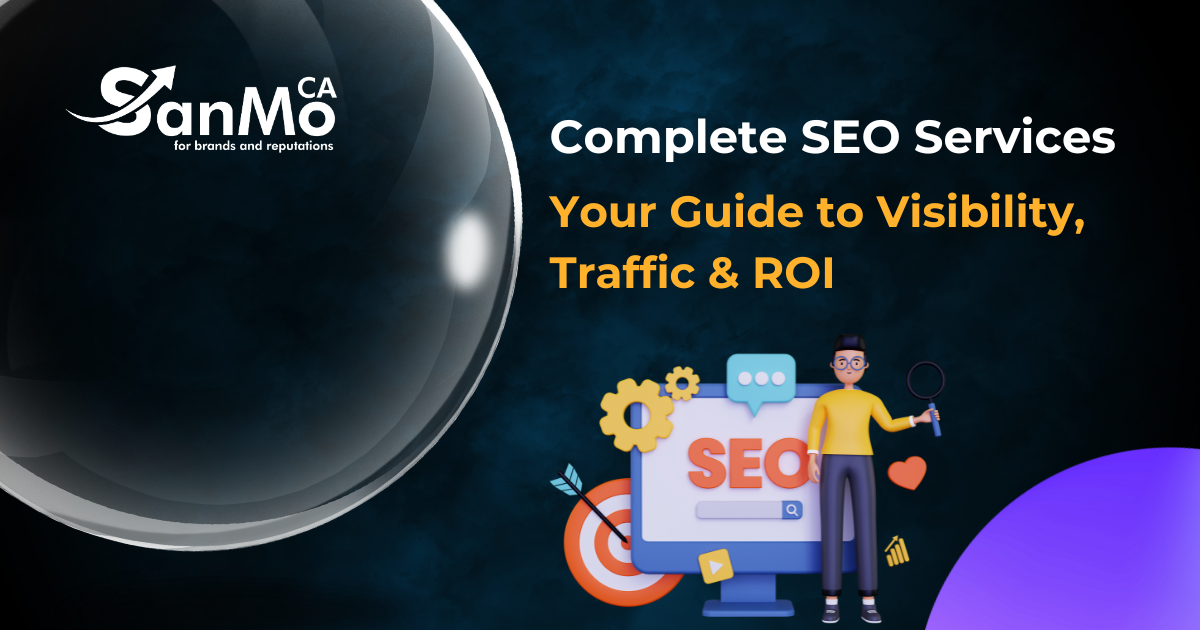In the fast-paced world of digital marketing, staying ahead of SEO trends is crucial for businesses to maintain online visibility and stay competitive. As search engines evolve, businesses must adapt their SEO strategies to match. Here’s a look at the latest SEO trends every business should know to stay ahead of the curve in 2024 and beyond.
Focus on User Experience (UX)
User experience is becoming increasingly important in SEO. Search engines like Google aim to provide users with the best, most relevant results, and a positive user experience is a critical part of that equation.
- Core Web Vitals: Google’s Core Web Vitals — Largest Contentful Paint (LCP), First Input Delay (FID), and Cumulative Layout Shift (CLS) — are metrics designed to measure the quality of a user’s experience. These metrics help ensure your website loads quickly, responds fast, and has a stable layout, which all contribute to higher rankings.
- Mobile Friendliness: With mobile searches continuing to dominate, a mobile-friendly website is essential. Google’s mobile-first indexing means that the mobile version of your site is considered the primary version, so ensure it’s optimized for smaller screens and touch interactions.
- Enhanced Navigation: A well-structured site with easy-to-find information helps both users and search engines understand your site better. Clean navigation and a simple layout encourage users to stay longer, which positively impacts your ranking.
Emphasis on High-Quality, Informative Content
Content quality remains one of the most significant factors for SEO success. However, the focus has shifted toward creating content that is not just keyword-stuffed but genuinely valuable, informative, and engaging for users.
- E-E-A-T Principles: Google bases its content generation on the E-E-A-T Principles, which stand for Experience, Expertise, Authoritativeness, and Trustworthiness. Content that exhibits knowledge and authority on a subject usually does better. Provide thoughtful, well-researched content that fully addresses consumers’ inquiries.
- Long-Form Content: While short content is still valuable, long-form content (around 1,500 to 2,500 words) often ranks better in search results. This content depth allows you to cover a topic thoroughly, which helps keep users engaged and signals to search engines that your content is valuable.
- Multimedia Content: Using a mix of text, images, videos, and infographics can improve user engagement. Video content, in particular, has gained immense popularity and can boost your SEO by increasing the time users spend on your site.
Voice Search Optimization
With the rise of voice-activated devices like Siri, Alexa, and Google Assistant, voice search is becoming a popular way for users to find information. Optimizing for voice search requires a different approach, as voice queries are often more conversational and question-based.
- Employ Natural Language: Typically, voice search queries are written as whole phrases or inquiries. Make sure your material directly addresses these queries. Your content can score higher for these inquiries if it uses conversational, natural language.
- Focus on Long-Tail Keywords: Voice searches tend to be longer than typical typed queries. Focusing on long-tail keywords, especially those that answer common questions (who, what, when, where, why), can make your content more accessible to voice search users.
- Optimize for Local Search: Many voice searches are for local information, so optimizing for local SEO is essential. Including your location in keywords, and ensuring your Google Business Profile is updated, can help your business appear in local voice search results.
AI and Machine Learning in SEO
The way search engines evaluate webpages is being altered by machine learning and artificial intelligence (AI). One example of how machine learning might impact rankings is Google’s RankBrain system, which is based on artificial intelligence. It’s critical to comprehend and adjust to these changes.
- User Intent Recognition: Search engines are getting better at understanding user intent, meaning they can interpret what users want even if their query isn’t precise. Make sure your content addresses different types of intent, such as informational, navigational, transactional, and local.
- Content Personalization: AI enables businesses to personalize content based on user data, like location, preferences, and search history. Tailoring content to match user expectations can lead to better engagement and higher rankings.
- Optimizing for RankBrain: RankBrain evaluates user interaction metrics like click-through rates and dwell time. Creating engaging, informative content that keeps users on your page longer and encourages them to explore your site further can improve your ranking.
Zero-Click Searches and Featured Snippets
Zero-click searches have become increasingly common, as users often get answers directly from the search engine results page (SERP) without clicking through to a website. Google’s featured snippets, knowledge graphs, and other on-SERP features are all part of this trend.
- Optimize for Featured Snippets: Featured snippets are small text boxes that appear at the top of search results, often answering a question directly. Structuring your content to answer common questions in concise, clear paragraphs can increase your chances of landing in a snippet.
- Use Structured Data Markup: Implementing schema markup (structured data) helps search engines understand your content better. Schema can make your site eligible for rich results, including FAQs, recipes, and reviews, which can enhance your visibility in SERPs.
- Focus on FAQs and “How-To” Content: Since featured snippets often come from FAQ-style questions and “how-to” guides, creating this type of content can increase your chances of appearing in zero-click searches. Including a detailed FAQ section on your website is a great way to target these queries.
Local SEO and “Near Me” Searches
For companies that cater to a certain region, local SEO is crucial. Businesses may increase their exposure by optimizing for local SEO as more consumers look for “near me” services.
- Optimize Your Google Business Profile: A complete and optimized Google Business Profile increases your chances of showing up in local search results and Google Maps. Ensure that your business name, address, phone number, and hours are accurate and consistent.
- Use Local Keywords: Incorporate location-based keywords throughout your website and in your content. This tactic makes it easier for search engines to connect your business with users searching for nearby services.
- Encourage Local Reviews: Positive reviews on Google and other review sites boost your local ranking. Encourage satisfied customers to leave reviews and respond to them promptly to show engagement and commitment to customer satisfaction.
Frequently Asked Questions
- How often should I update my SEO strategy?
SEO is constantly evolving, so reviewing and adjusting your strategy every few months can help you stay current with trends and algorithm updates. - Why is user experience important for SEO?
A positive user experience keeps visitors engaged and signals to search engines that your site is valuable, which can improve your rankings. - What is the role of AI in SEO?
AI helps search engines better understand user intent and personalize search results. It also allows businesses to analyze data for deeper insights into user behavior. - How can I optimize for voice search?
Focus on natural, conversational language and answer common questions directly. Long-tail keywords and a focus on local SEO are also helpful. - What are zero-click searches?
Zero-click searches are searches where the user’s query is answered directly on the SERP without needing to click on a link to visit a website. - Do long-form articles help SEO?
Yes, long-form content often ranks better because it provides comprehensive information, keeps users on the page longer, and encourages them to explore other content on the site.








